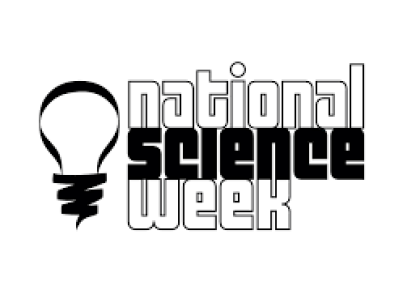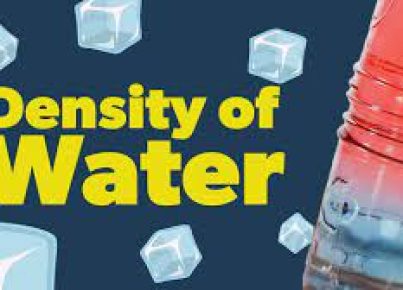Introduction:
The seaside is not just a destination for family vacations or romantic getaways; it is also a treasure trove of learning opportunities, particularly in the field of ecology and marine biology. With a variety of ecosystems and microhabitats, the beach and its surrounding areas offer numerous educational experiences for students, educators, and curious individuals alike. In this article, we delve into the diverse science lessons that can be found at the seaside.
Section 1: Coastal Ecosystems
One of the most fascinating aspects of the seaside is its collection of interconnected ecosystems. Some examples include:
1.1 Sandy Beaches
These dynamic habitats are home to various species such as burrowing organisms, crabs, and shorebirds. Students can explore the zonation patterns formed by these creatures on sandy beaches and learn about their adaptation strategies.
1.2 Rocky Shorelines
These areas provide an ideal environment for studying tide pools, which teem with marine life during low tides. Observing these habitats helps learners understand concepts such as predation, camouflage, competition, and adaptation.
1.3 Dunes
Coastal dunes offer unique plant species that have adapted to extreme environmental conditions. Studying these plants can provide insights into ecological succession, protection against erosion, and preservation efforts required for these fragile systems.
Section 2: Investigating Marine Life
2.1 Seashells
Seashells found along the beach serve as indicators of the biodiversity in regional waters. Students can investigate different shell types to understand their structure and function within their respective organisms.
2.2 Seaweed
As primary producers in marine ecosystems, seaweed plays a crucial role in supporting life underwater. Collecting seaweed samples to identify their types and observe their varying structures provides a hands-on approach to understanding this vital component.
2.3 Coastal Bird Life
Witnessing diverse bird behaviors such as feeding, nesting, and migration helps students comprehend avifauna’s ecological role and challenges they may face in adapting to human-generated environmental changes.
Section 3: Coastal Geology
3.1 Rock Formations
An exploration of the various rock types and structures along the shore gives insight into Earth’s geological history and the forces that have shaped local landscapes.
3.2 Fossils
Searching for fossils on the shoreline can spark curiosity about marine history, ancient species, and natural selection processes.
Conclusion:
The seaside offers a wealth of opportunities for science learning experiences, covering a broad range of topics from ecology to geology. By engaging in hands-on experiments, students can develop their critical thinking skills while enjoying the benefits of outdoor education. A simple walk on the beach has the potential to unlock a world of scientific knowledge, serving as a reminder that sometimes, the best classroom is found in nature.





